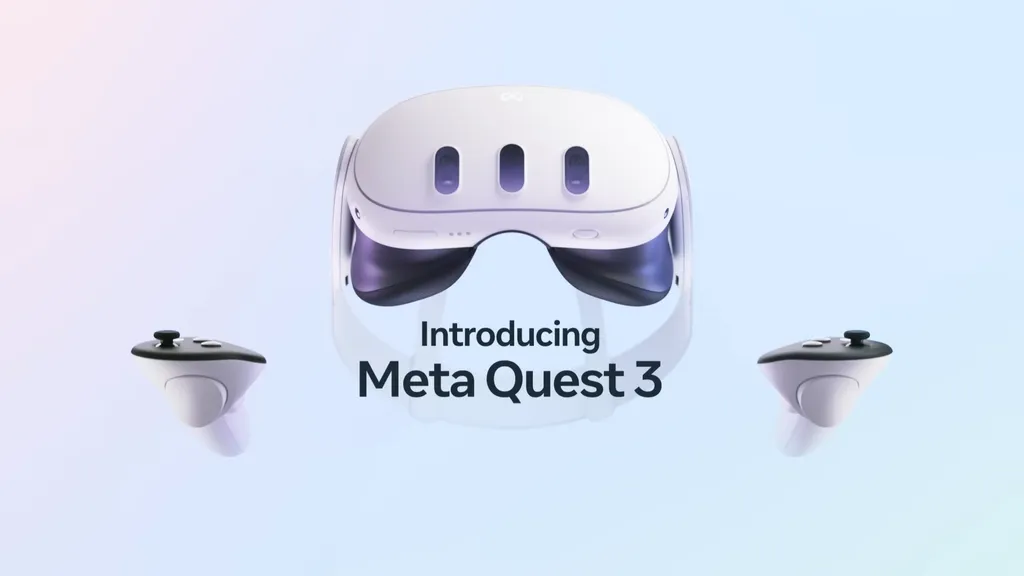The Quest 3 headset has been approved by the US FCC.
The FCC is the US regulatory agency with responsibility over wireless frequency use. Its approval is necessary to sell a device with wireless capabilities in the US market.
While the filing documents don't explicitly say 'Quest 3', the headset's strap arm with its new curved speaker is clearly depicted in the Label Location document, and in the same place as Quest 2's regulatory information label.
Last week Quest 3's new Touch Plus controllers also got FCC approval, with its label revealing they take one AA battery each, like all Meta's previous VR controllers except the rechargeable Touch Pro.

The headset's FCC filings also confirm the Wi-Fi frequency bands the device uses. In addition to the standard 2.4GHz and 5GHz bands, it reveals Quest 3 supports the 6GHz band introduced in Wi-Fi 6E.
Quest 3 will be the third consumer headset with 6GHz support, after Vive XR Elite and Quest Pro, assuming no unannounced headset ships before it.
The higher frequency results in increased bandwidth and less interference from other devices – though the signal degrades more when passing through solid objects like walls, and doesn't travel as far. It's ideal for wireless PC streaming with the router or access point in the same room as the headset.
Meta hasn't yet confirmed other key specs of Quest 3 like the exact resolution, refresh rate, RAM, or the higher storage tier, however the resolution may have been revealed by an early Best Buy listing.
The company has officially stated the visor is 40% thinner thanks to pancake lenses, the GPU is more than twice as powerful, and it has dual color cameras and a depth sensor for mixed reality with scene understanding. The base model has 128GB storage and is priced at $500.
Meta also hasn't yet revealed the exact launch date of Quest 3, but it launched Quest 2 and Quest Pro at its yearly Connect conference and this year it's scheduled for September 27.





























